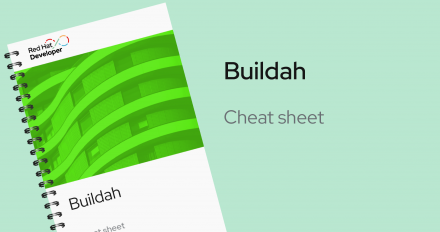
Buildah cheat sheet
Learn how to create and manage OCI-compliant container images using the Buildah command-line tool.

Learn how to create and manage OCI-compliant container images using the Buildah command-line tool.
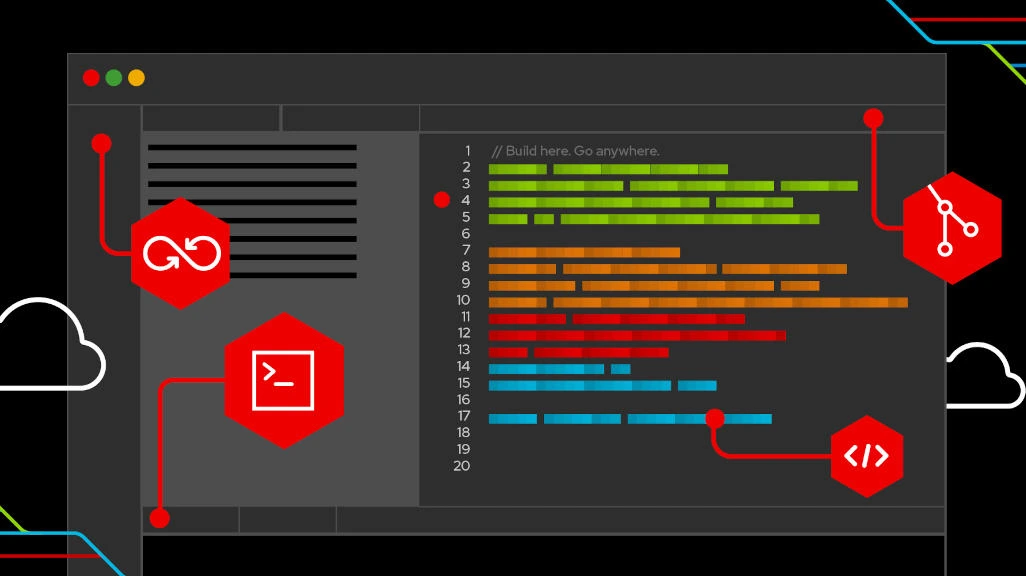

A developer walks through installing the Podman build tool for developing

Get an introduction to Node.js cloud-native development and explore lesser-known Node.js Core modules with the Red Hat team at NodeConfEU 2022.
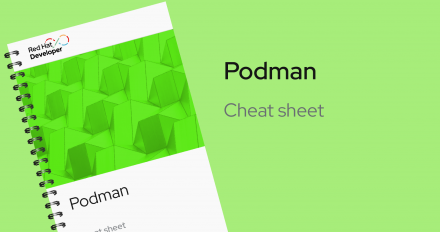
The Podman Cheat Sheet covers basic commands for building containers and working with image repositories, and managing container resources.
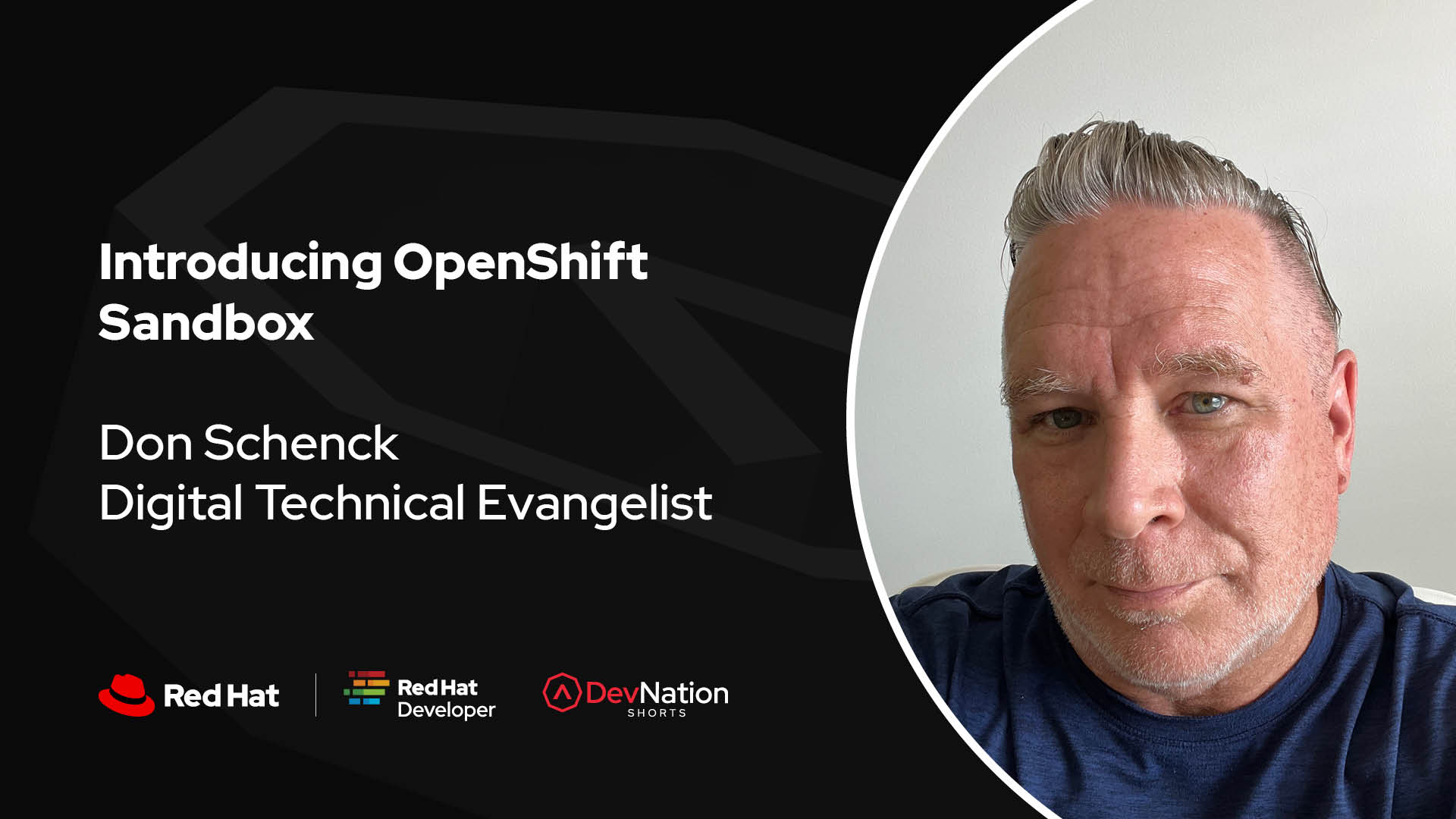
Introducing the Developer Sandbox
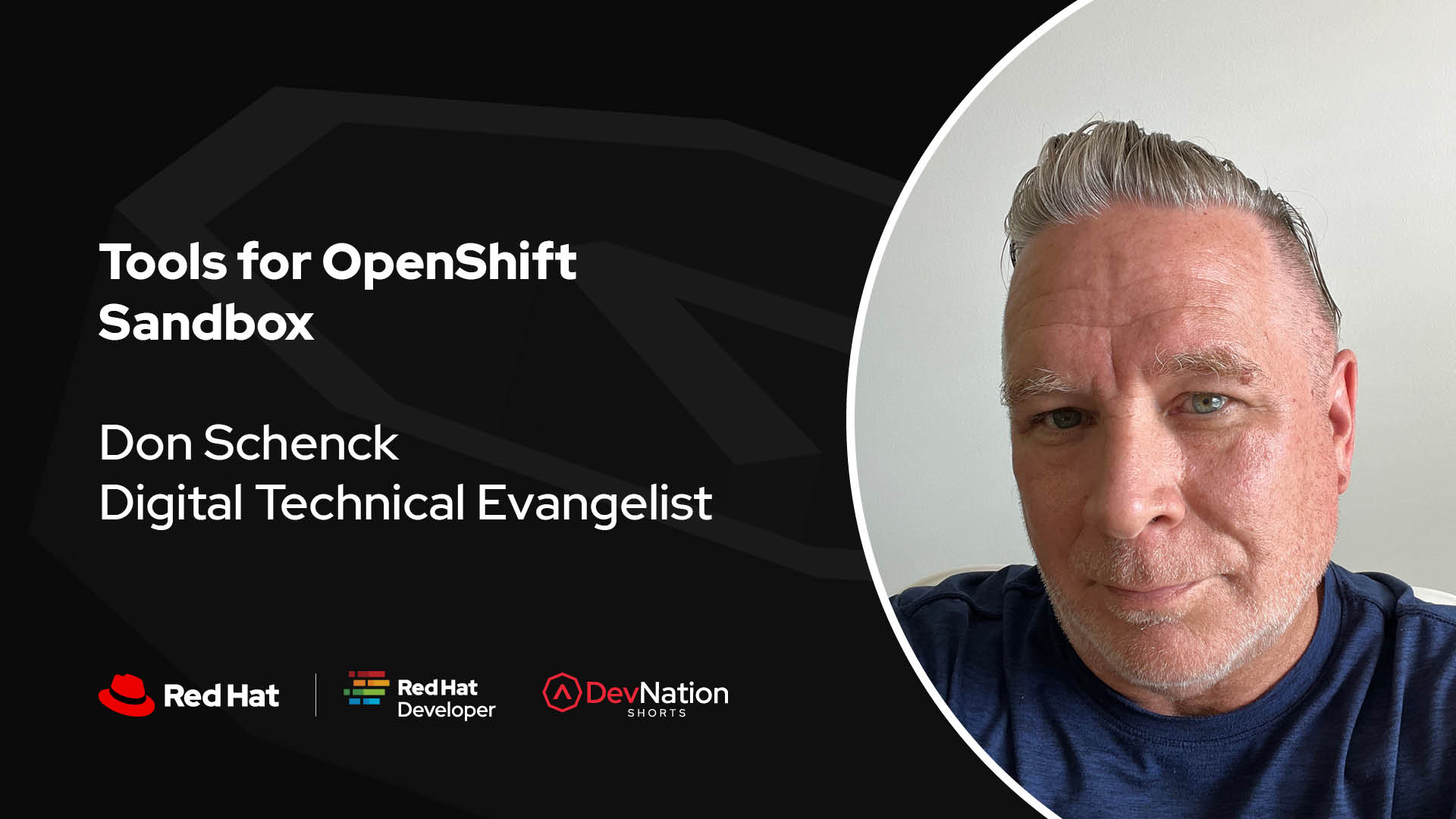
Tools for the Developer Sandbox
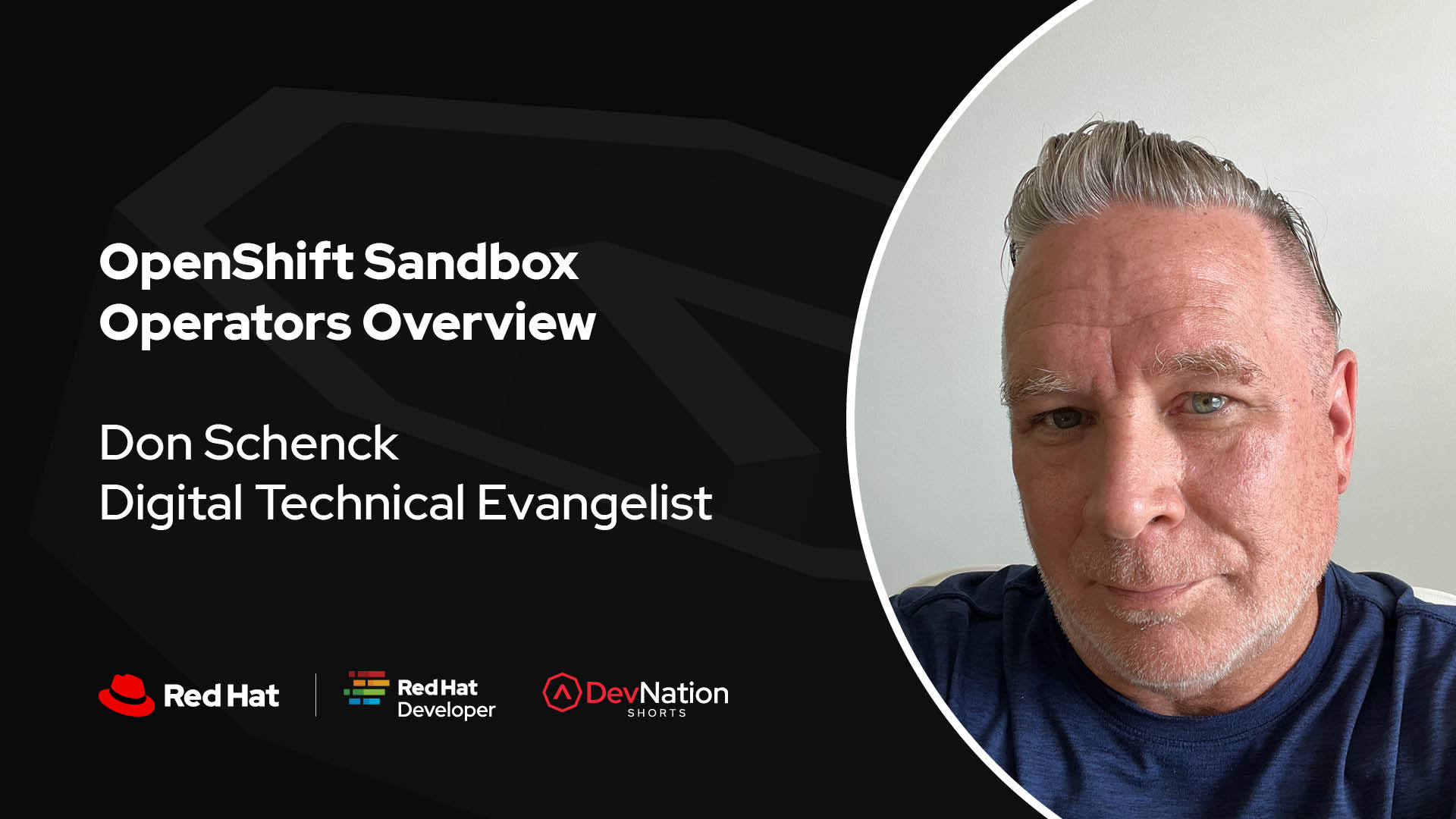
Developer Sandbox Operators overview

Using a Developer Sandbox activity

Introduction to the Developer Sandbox Series
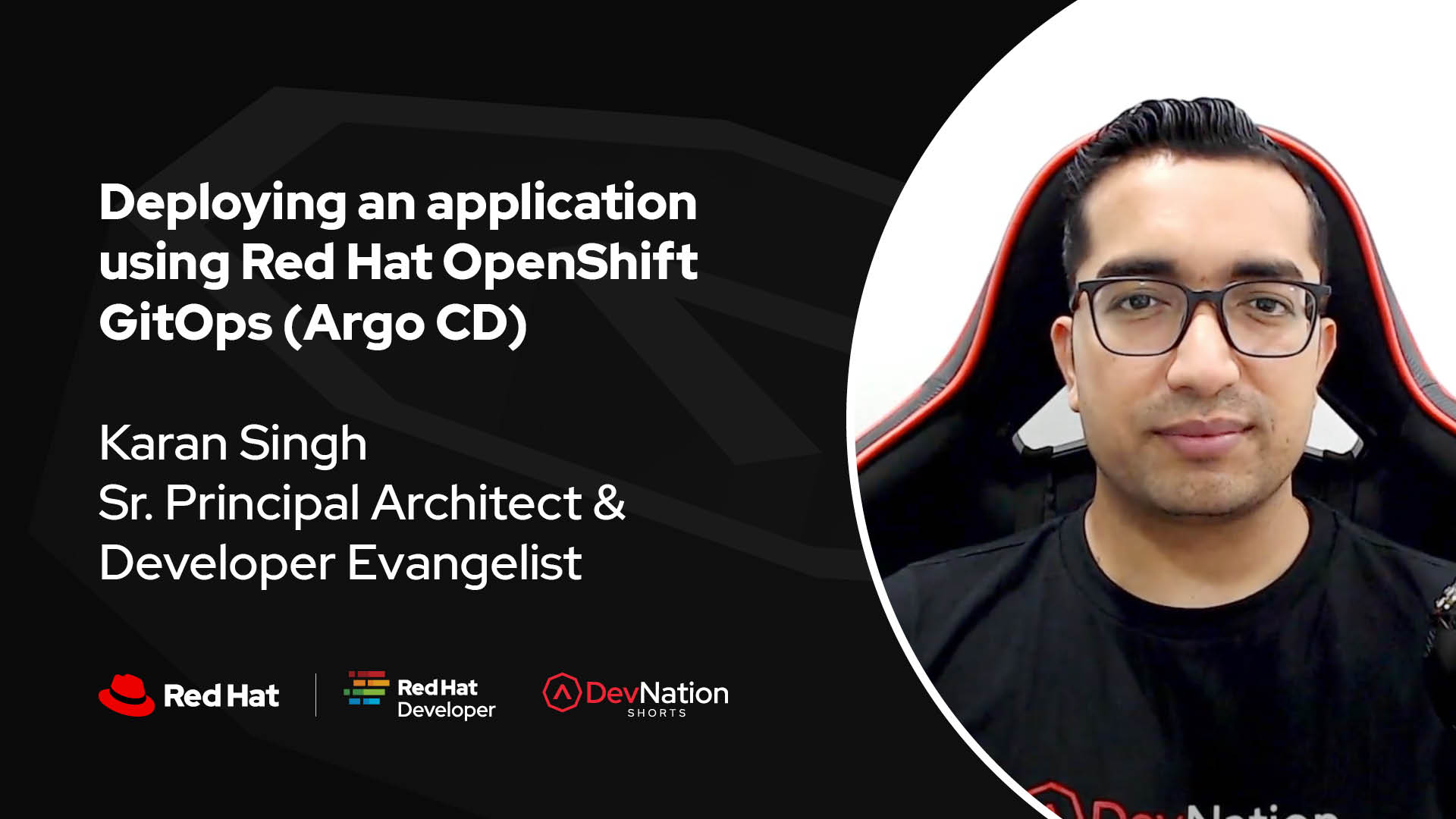
Deploying an application using Red Hat OpenShift GitOps (Argo CD)
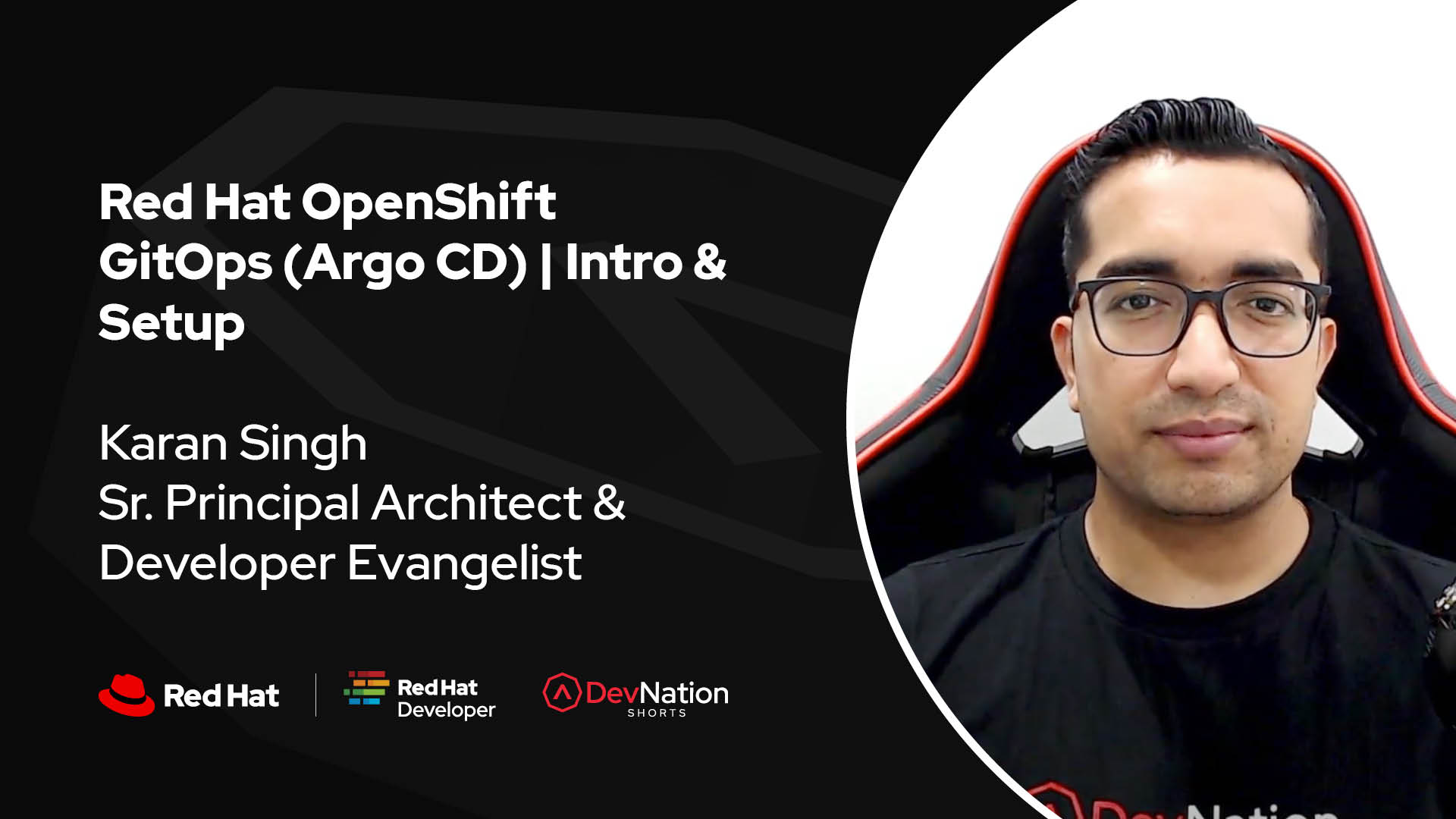
Red Hat OpenShift GitOps (Argo CD) | Intro & Setup
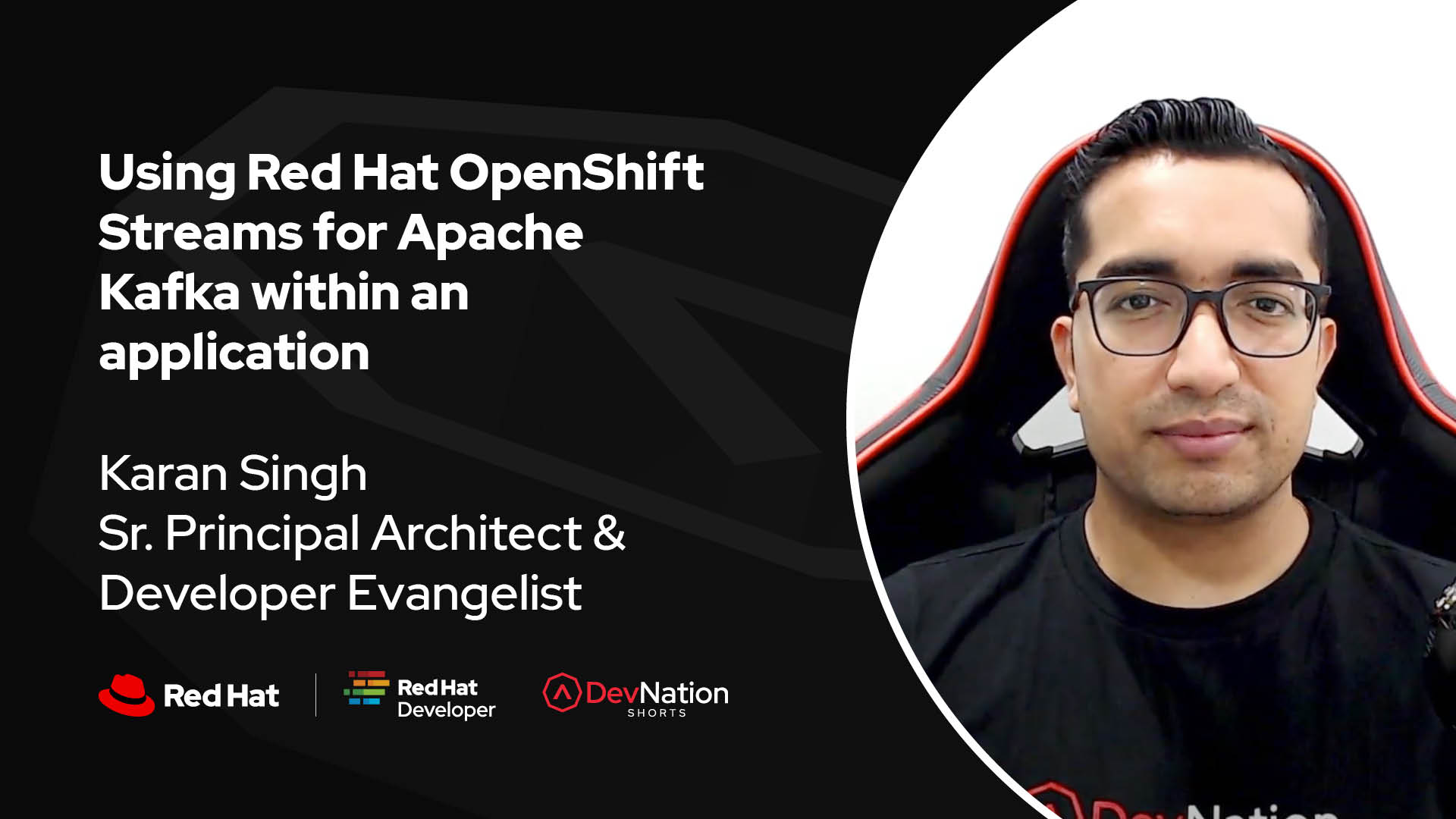
Using Red Hat OpenShift Streams for Apache Kafka within an application
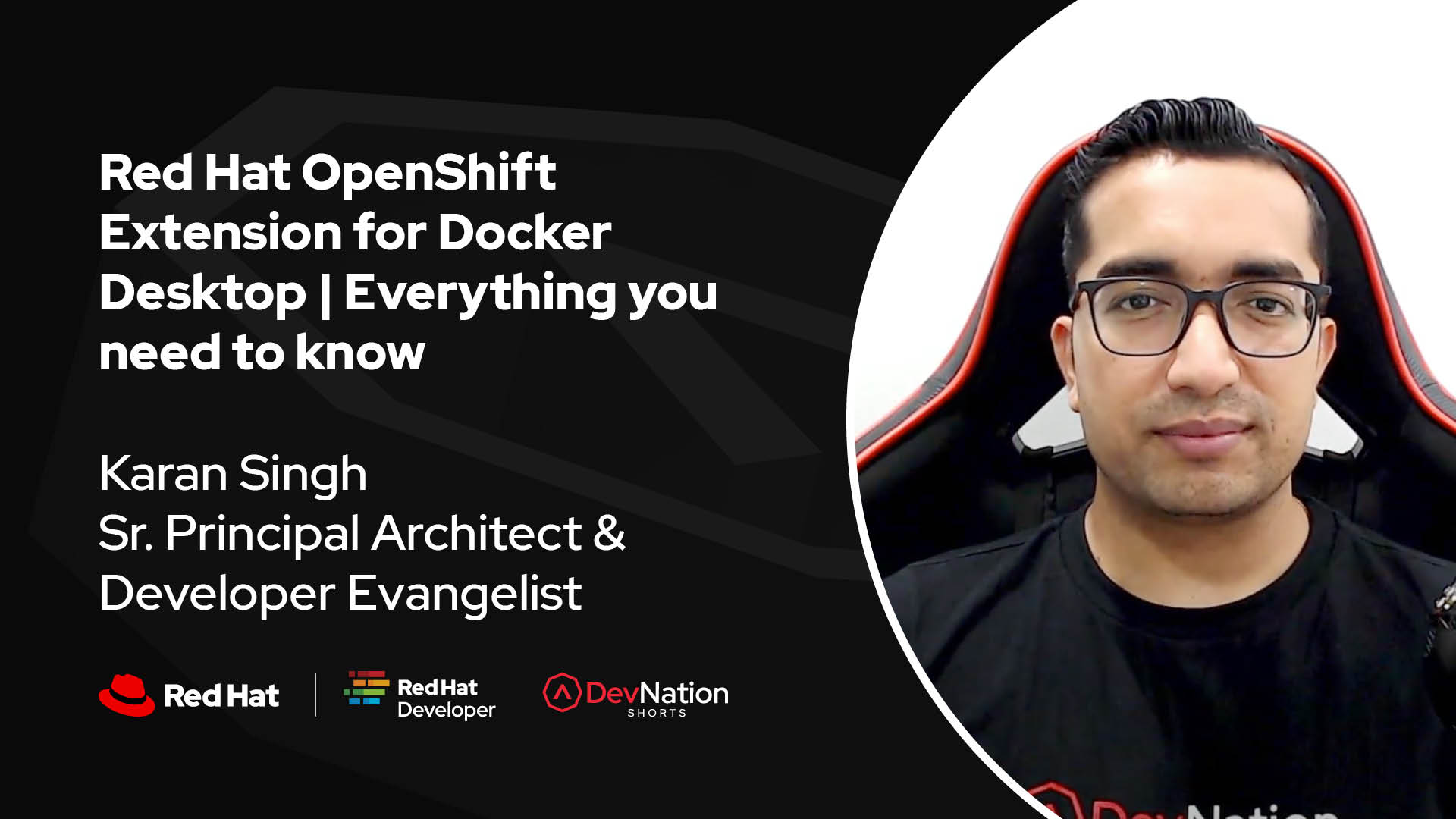
Red Hat OpenShift Extension for Docker Desktop | Everything you need to know
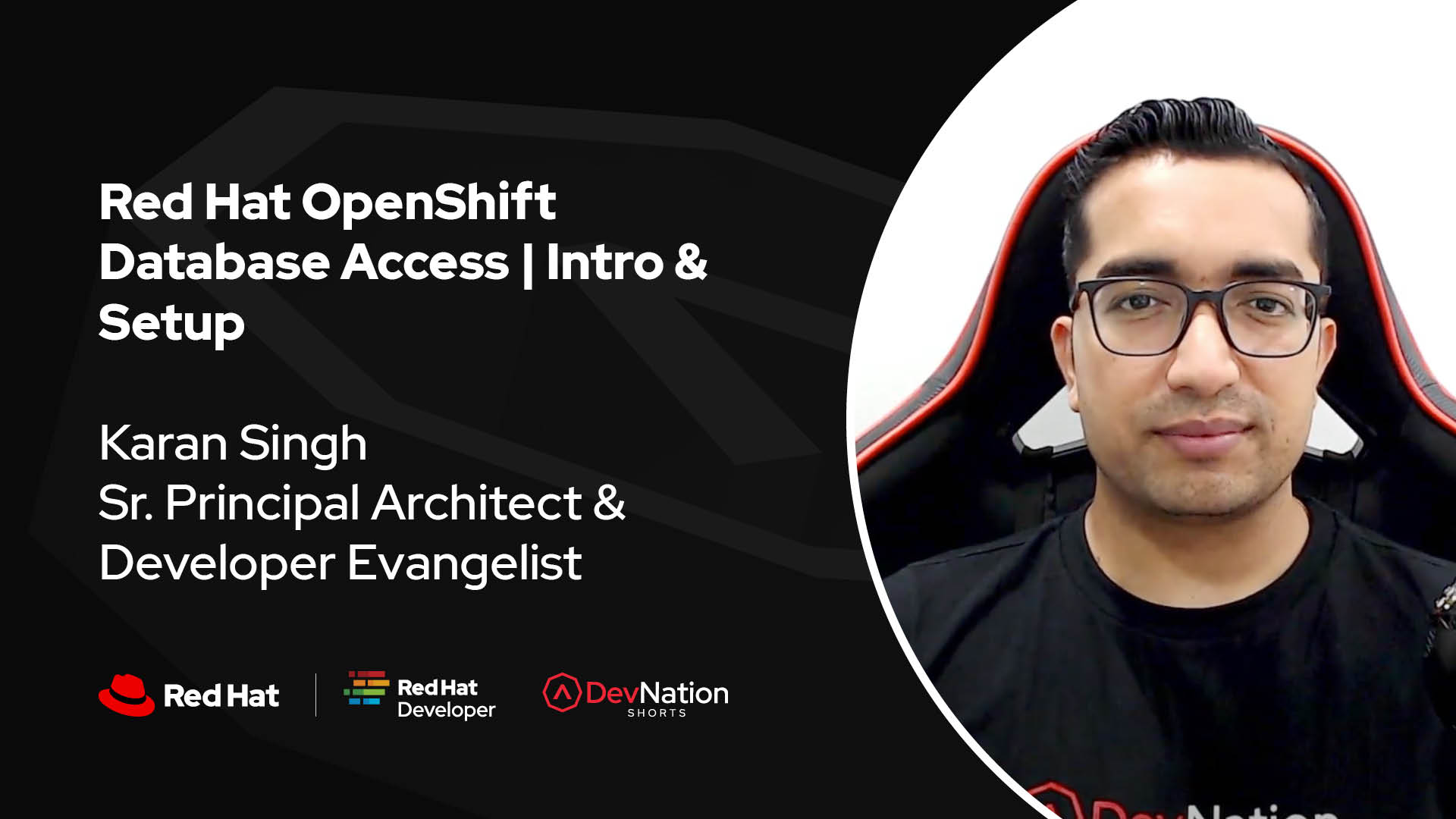
Red Hat OpenShift Database Access | Intro & Setup
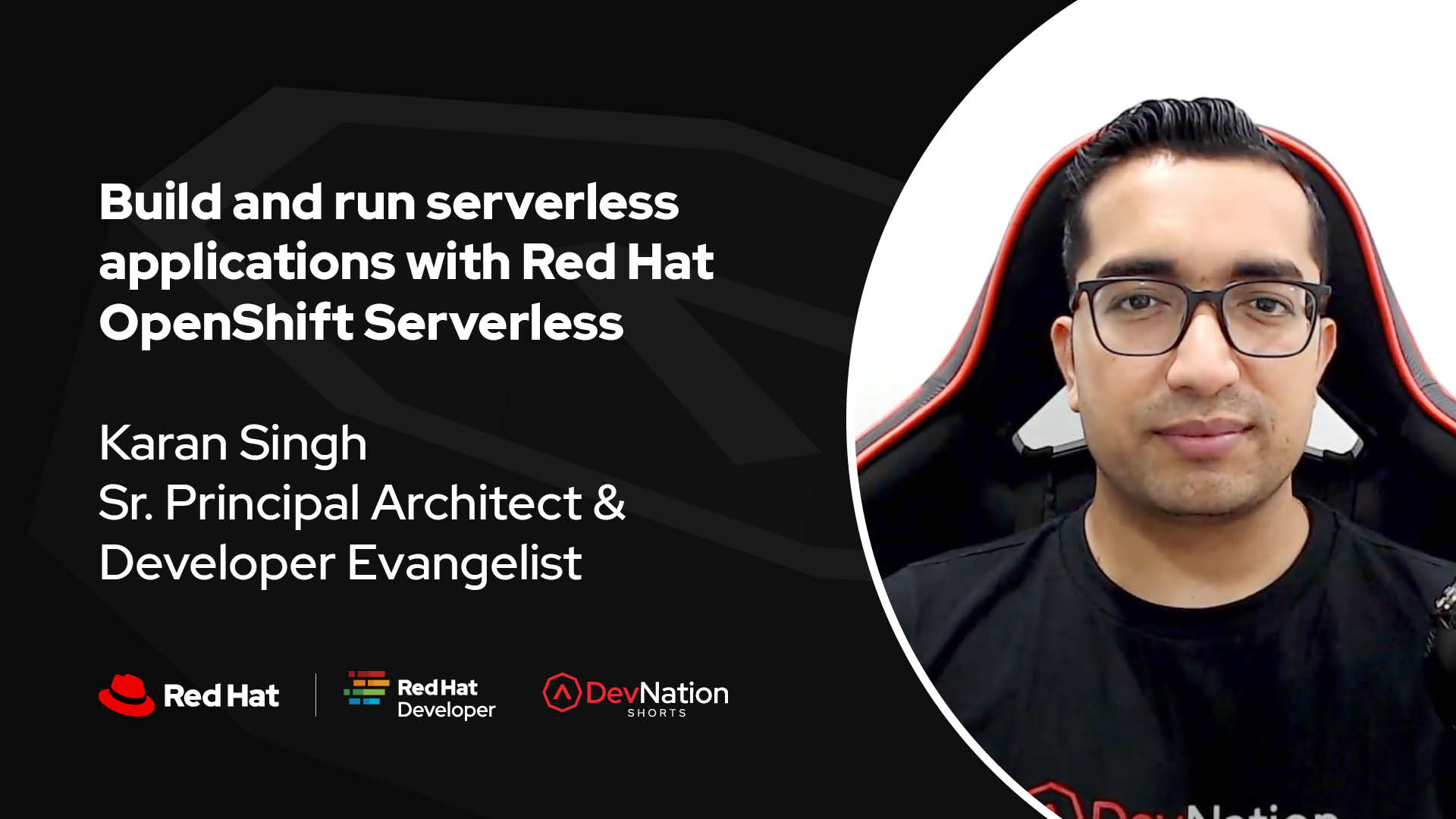
Build and run serverless applications with Red Hat OpenShift Serverless
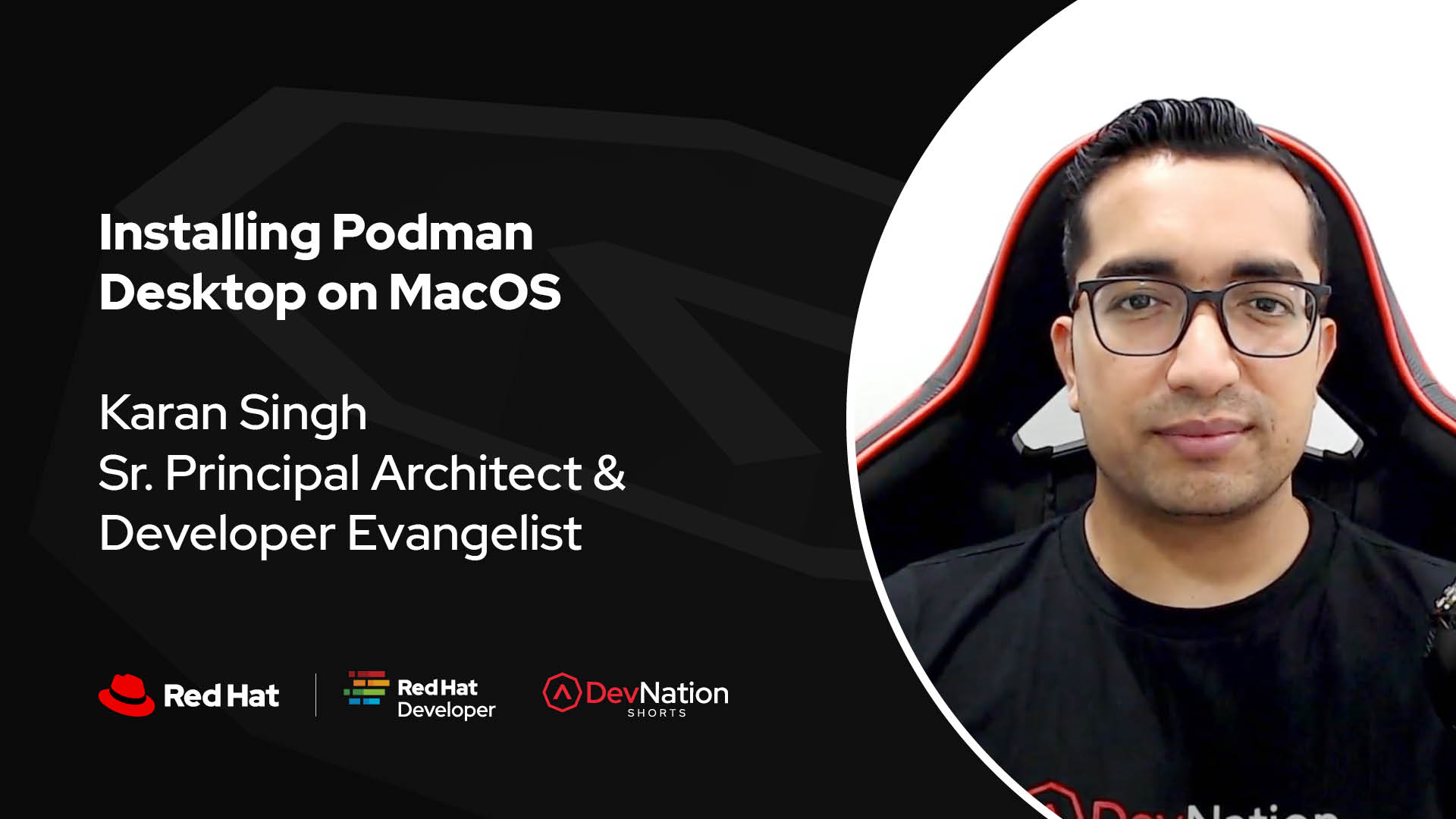
Installing Podman Desktop on MacOS
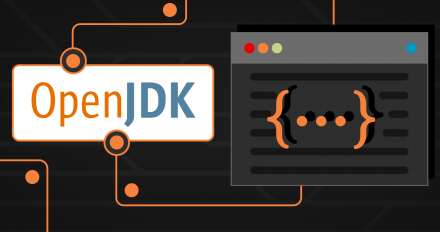
Learn about my recommendation for updating OpenJDK images since Docker Hub's deprecation announcement and how to implement this change.

Download Podman in Action to get started with Podman, a rootless container engine that makes it easy to build, manage, and run secure containers on Linux.

Discover why developing on your PC is a better option than developing in the same environment that runs the container.
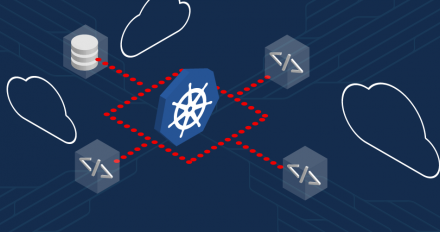
Get an introduction to Kubernetes, the de facto standard platform for orchestrating container-based applications.

Containers are the backbone of modern development. Learn the basics of how the components of a container interact.
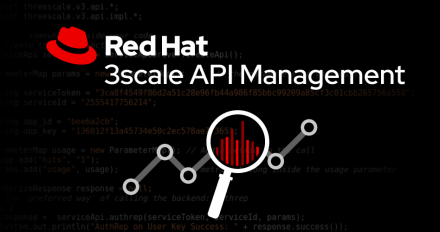
Learn how to easily set up Red Hat 3scale API Management monitoring using plugins: Prometheus (collects statistics) and Grafana (displays stats).

Discover how to instrument your Node.js application to troubleshoot production errors in this 5-step demonstration.
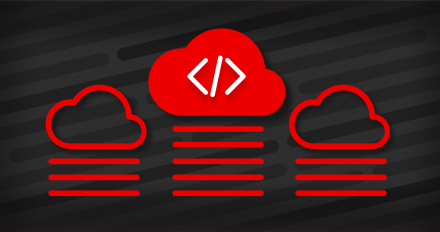
Understand the use of namespaces, routes, and other resources to create a unified code base that supports multiple Software-as-a-Service tenants.